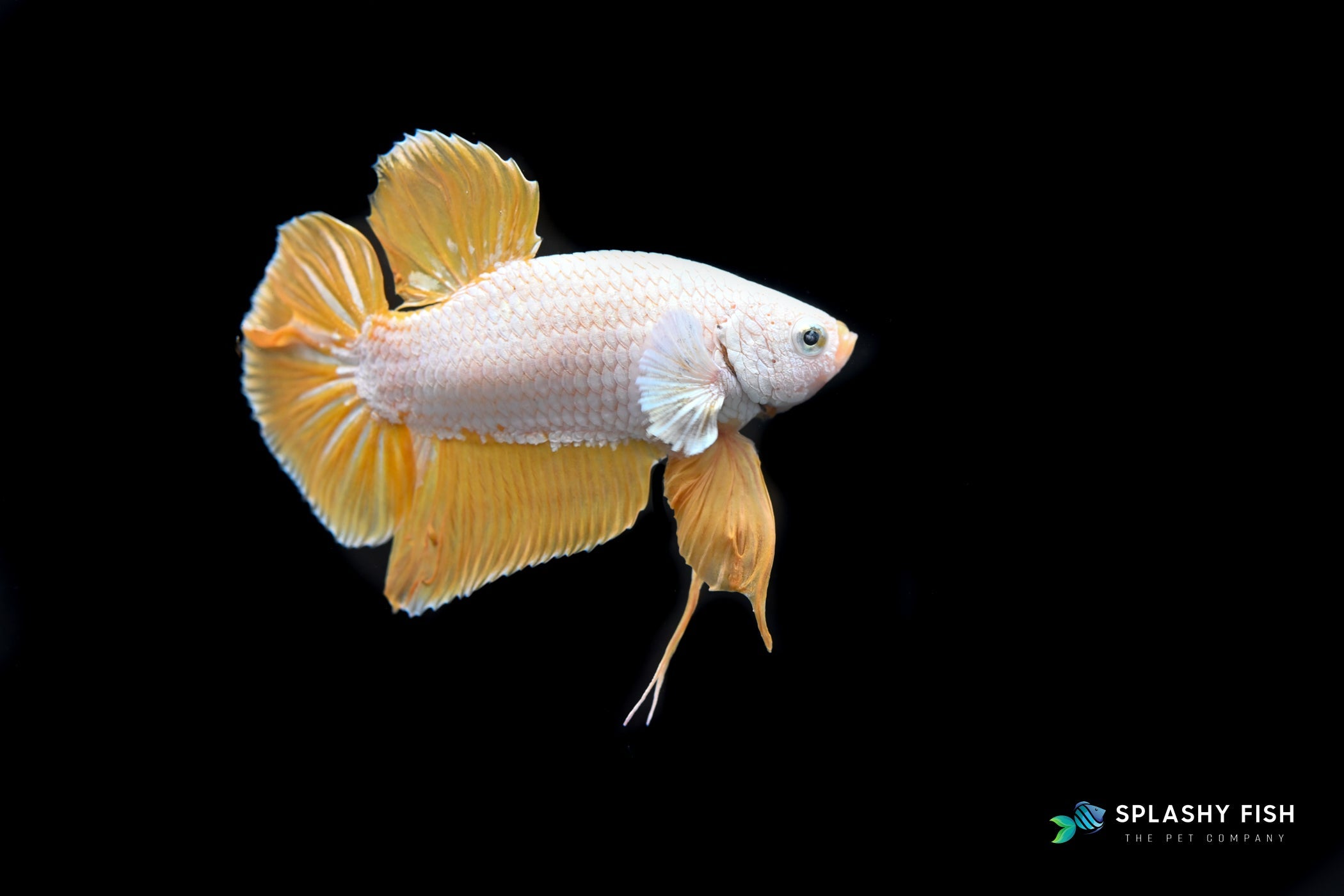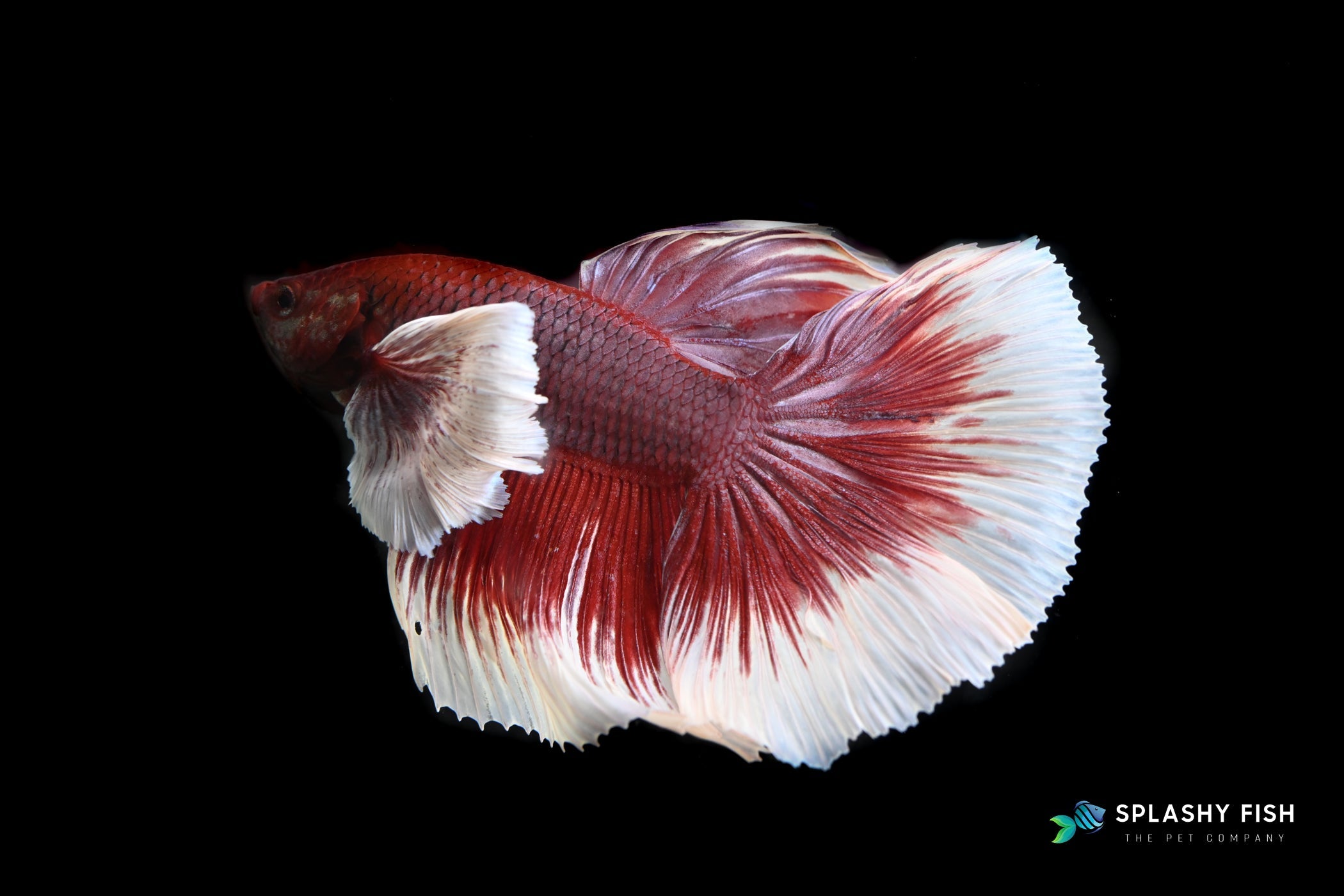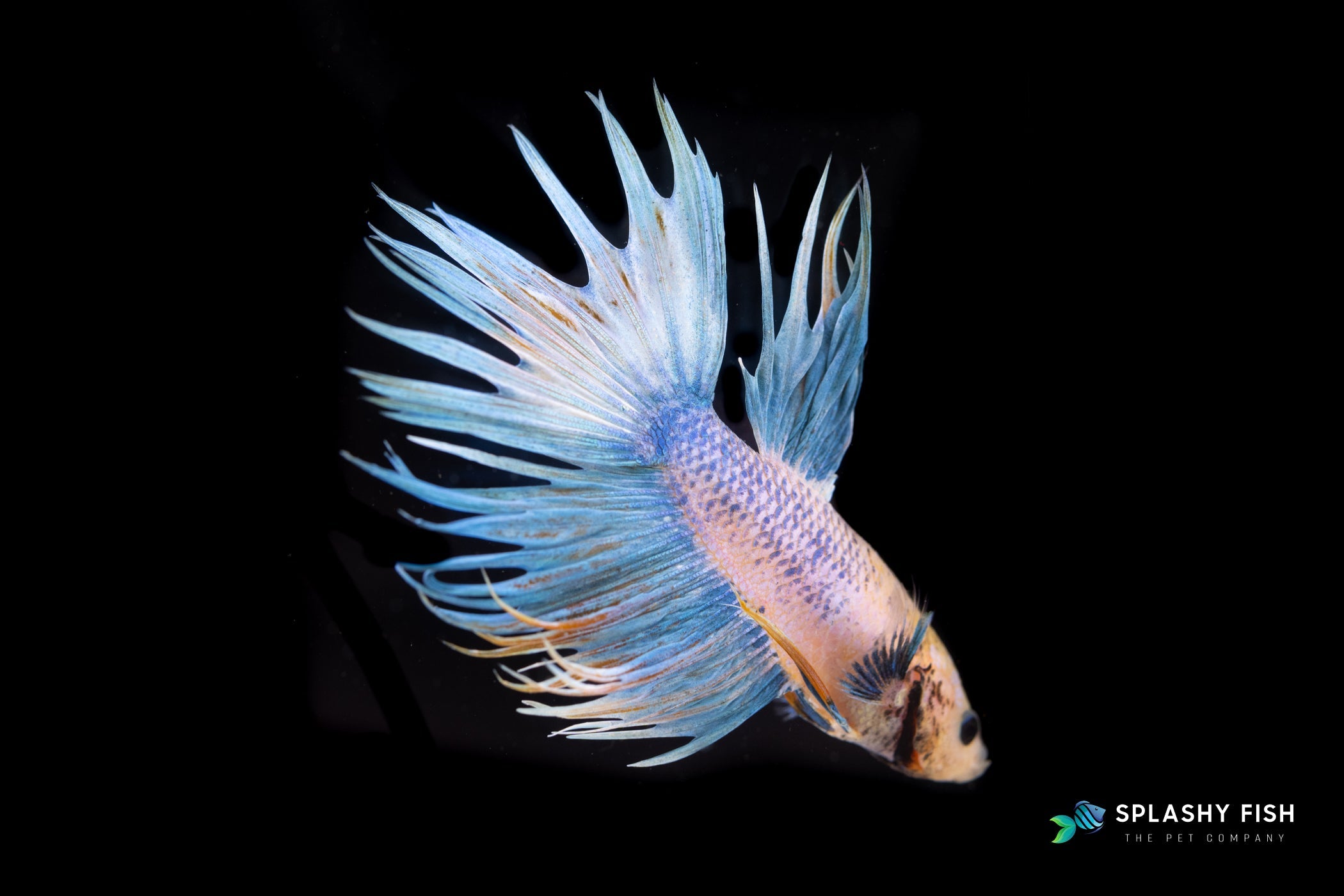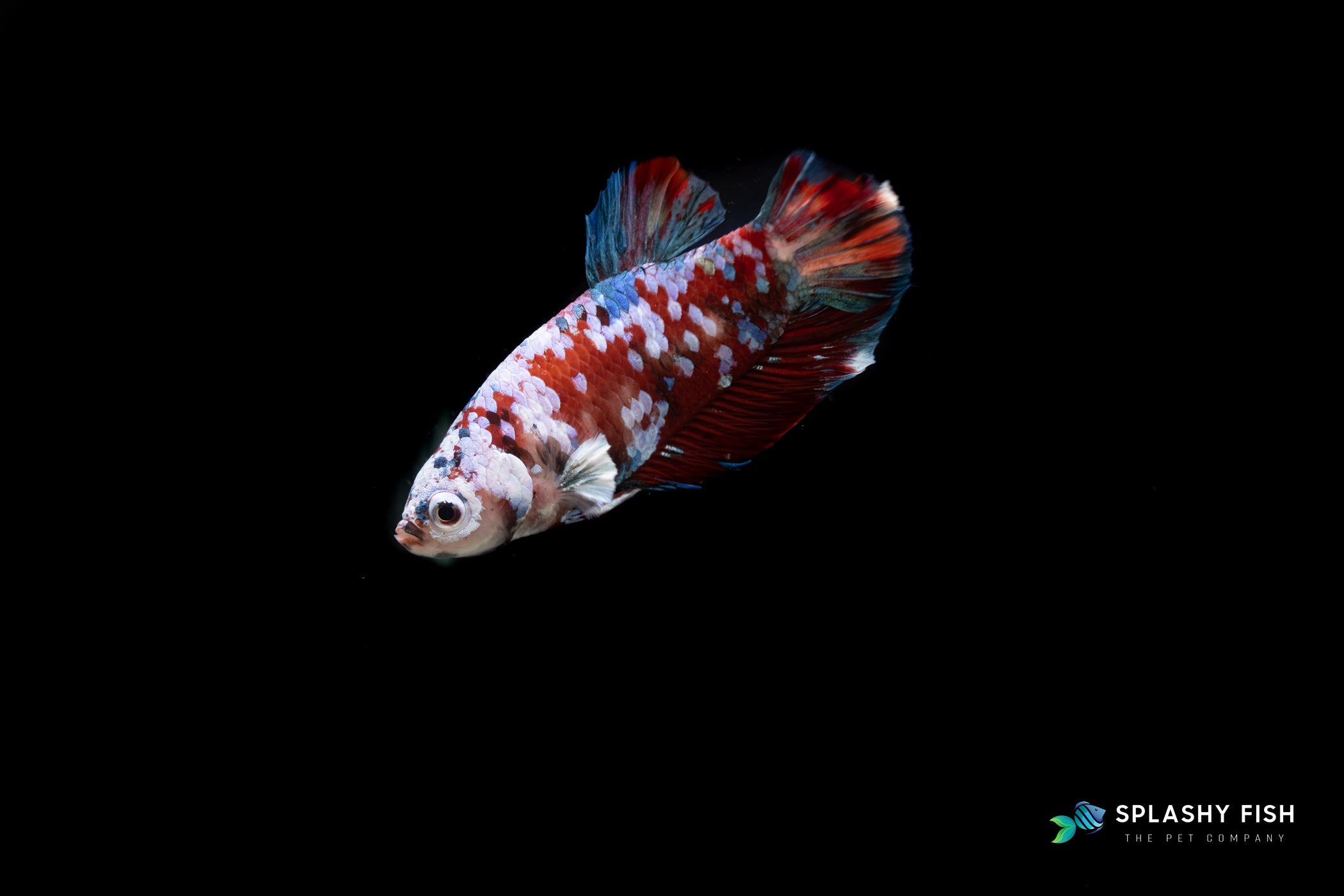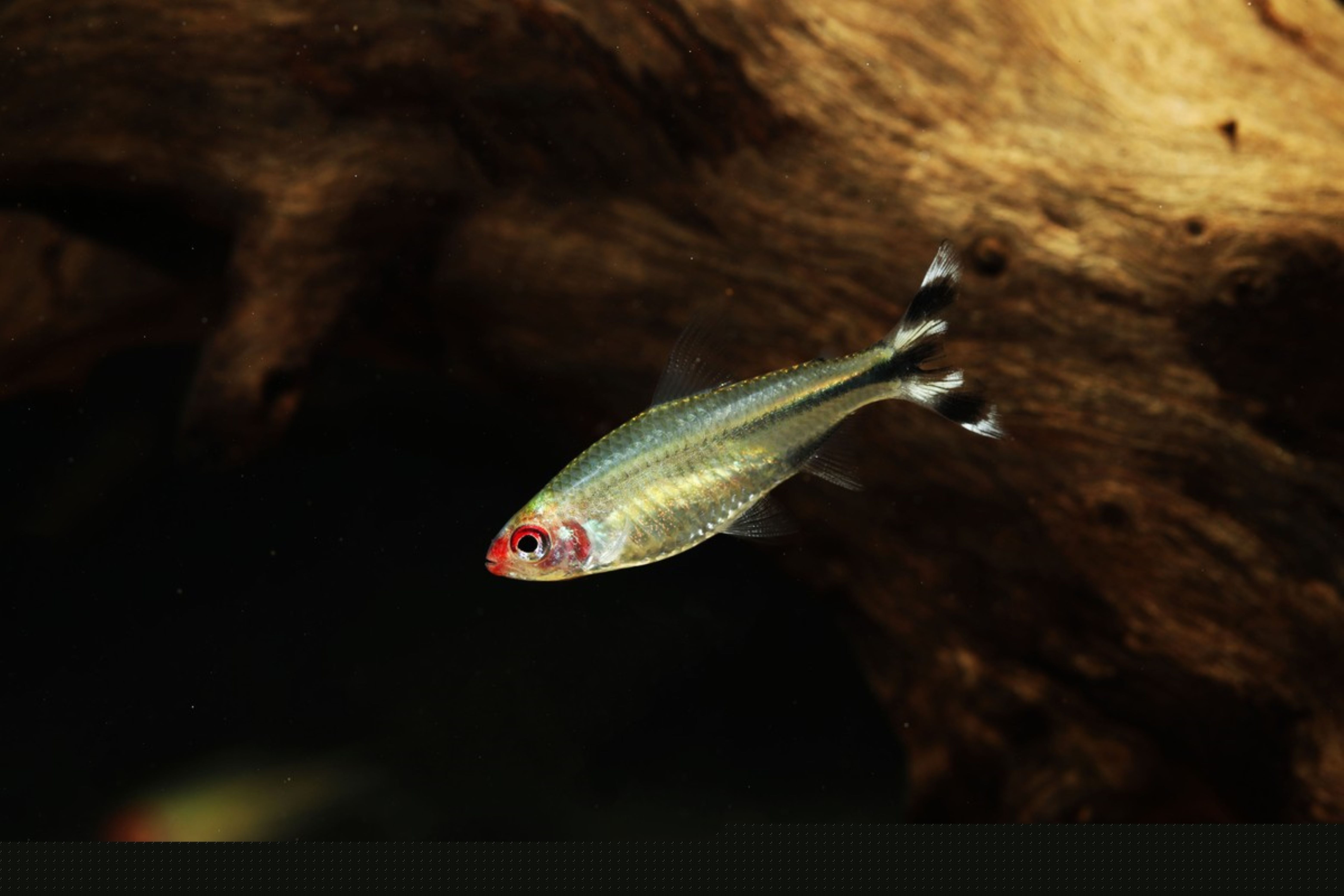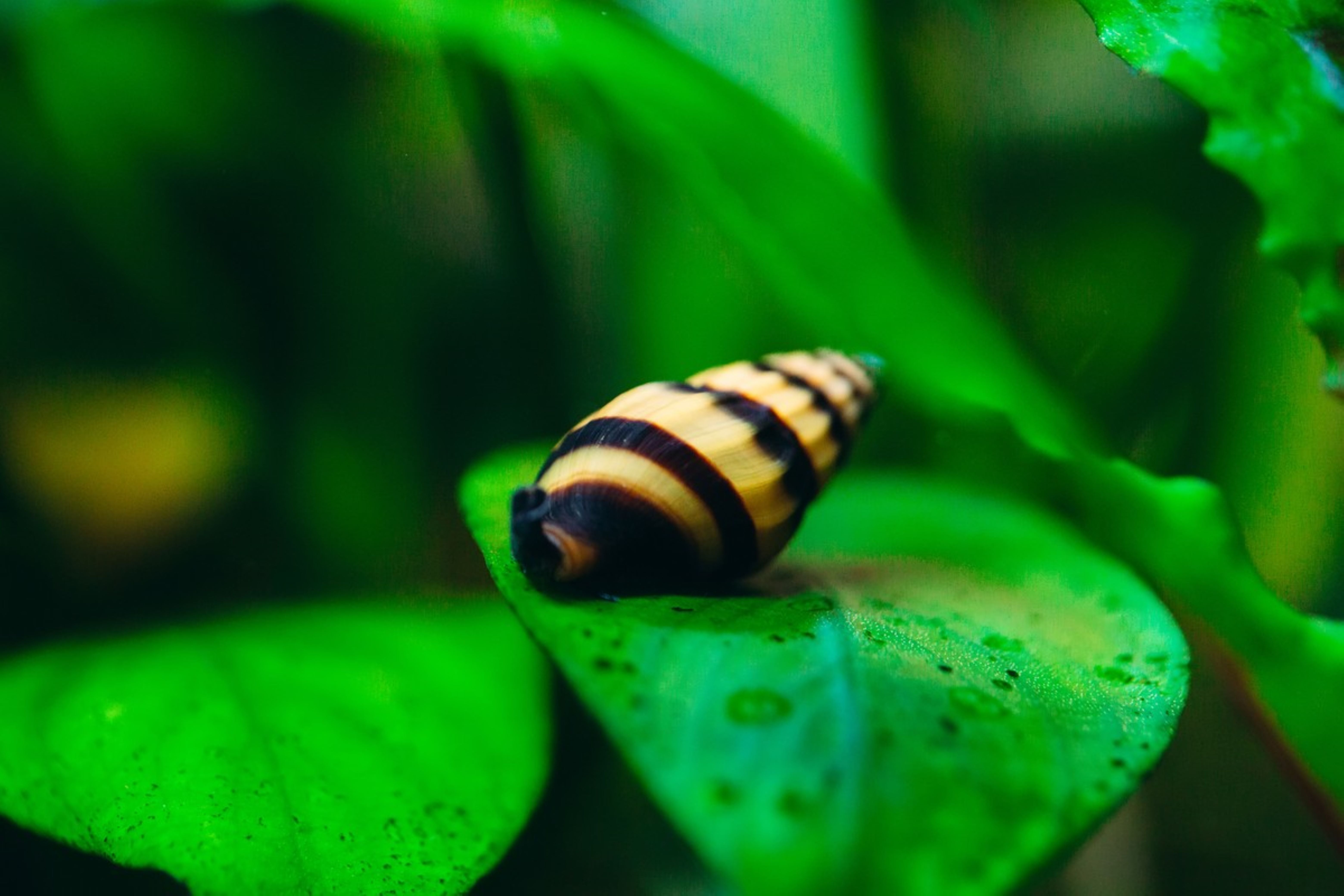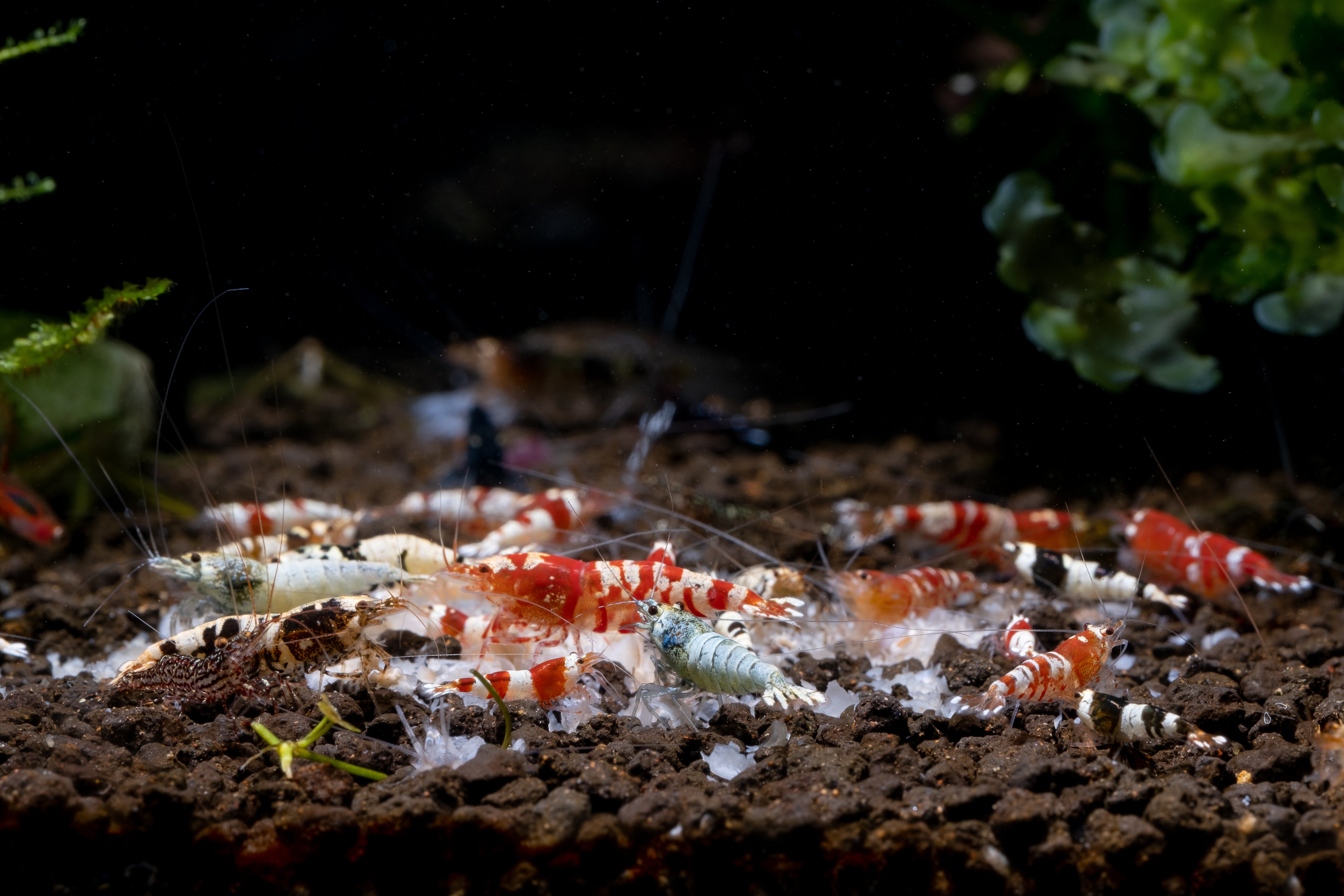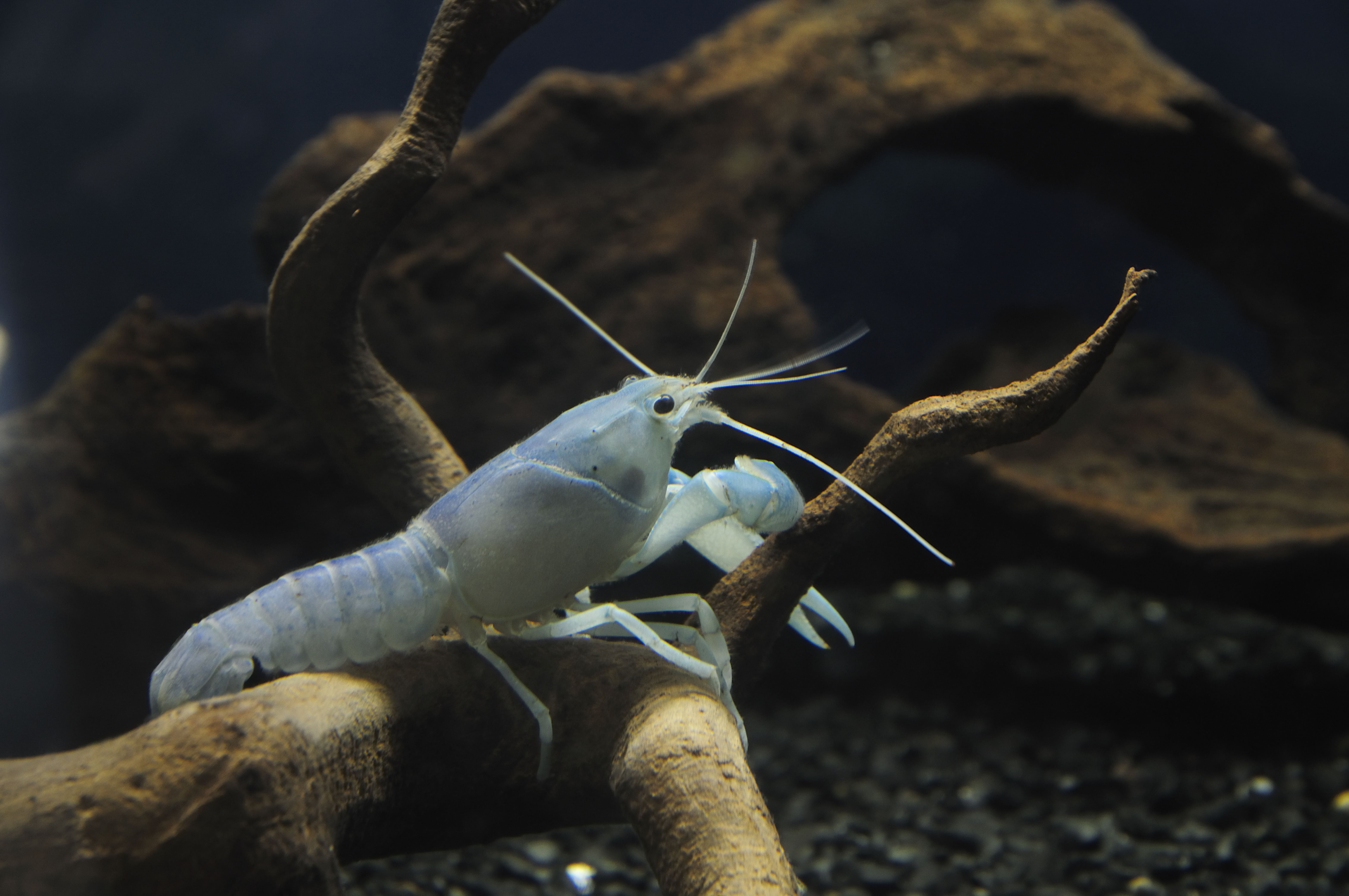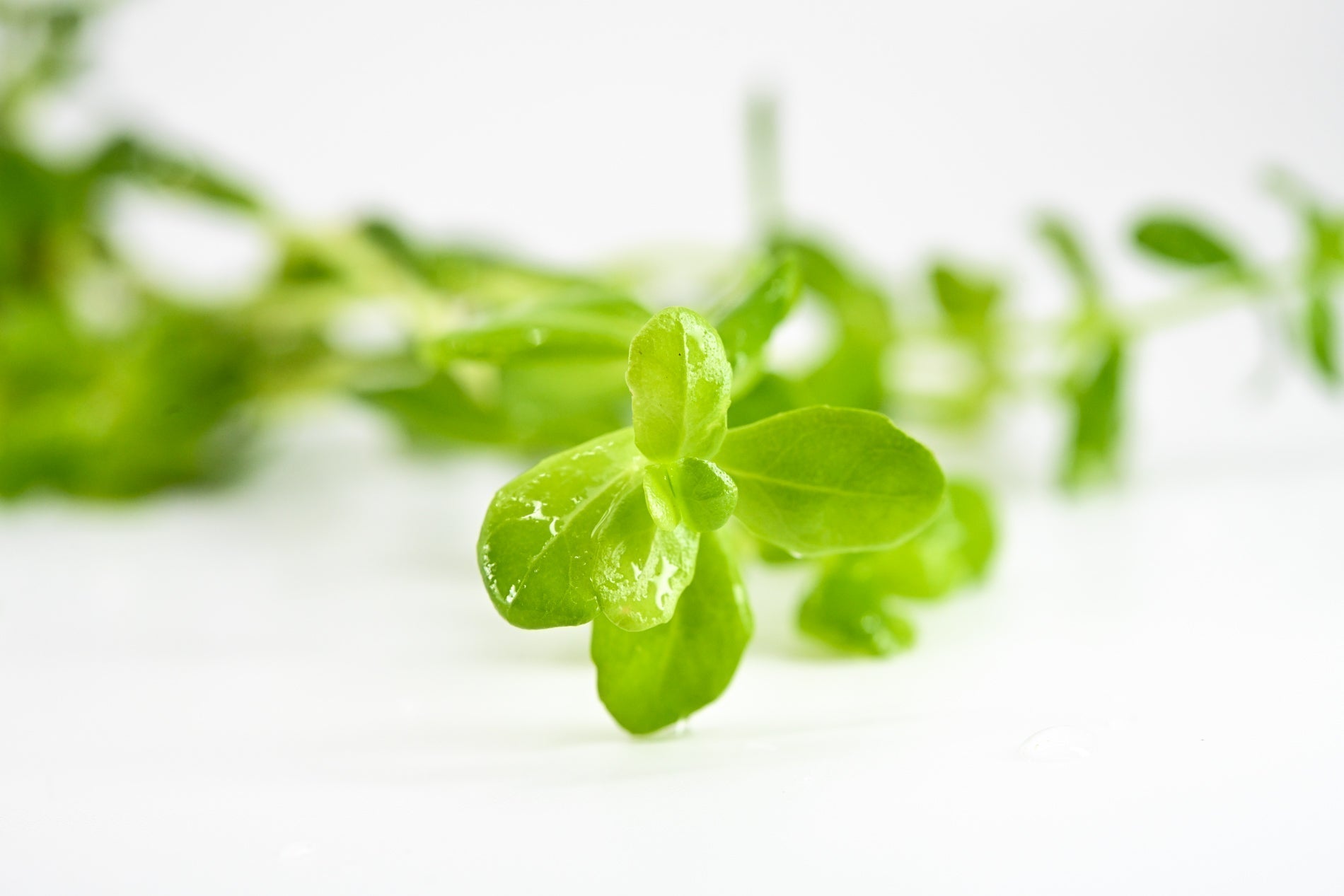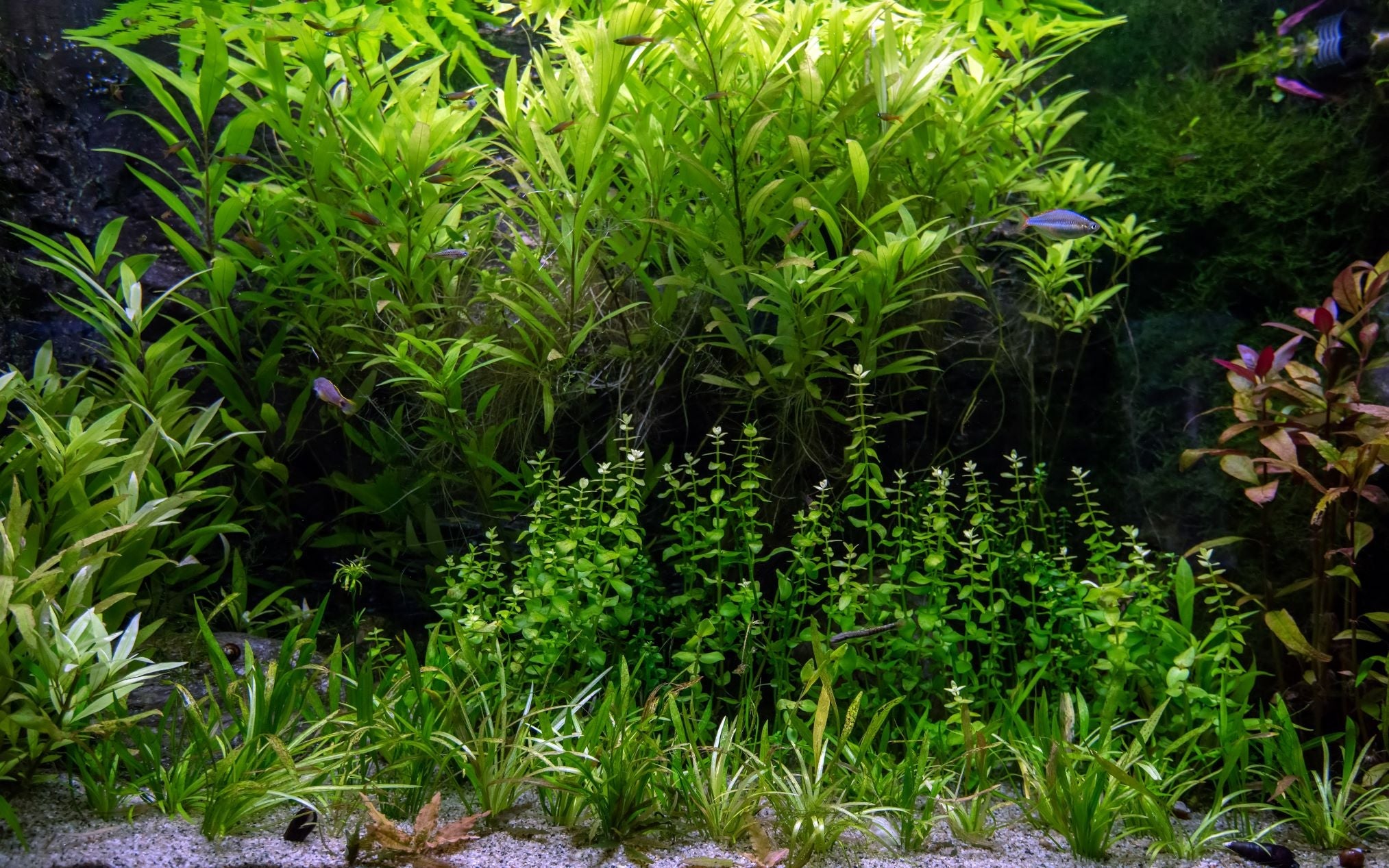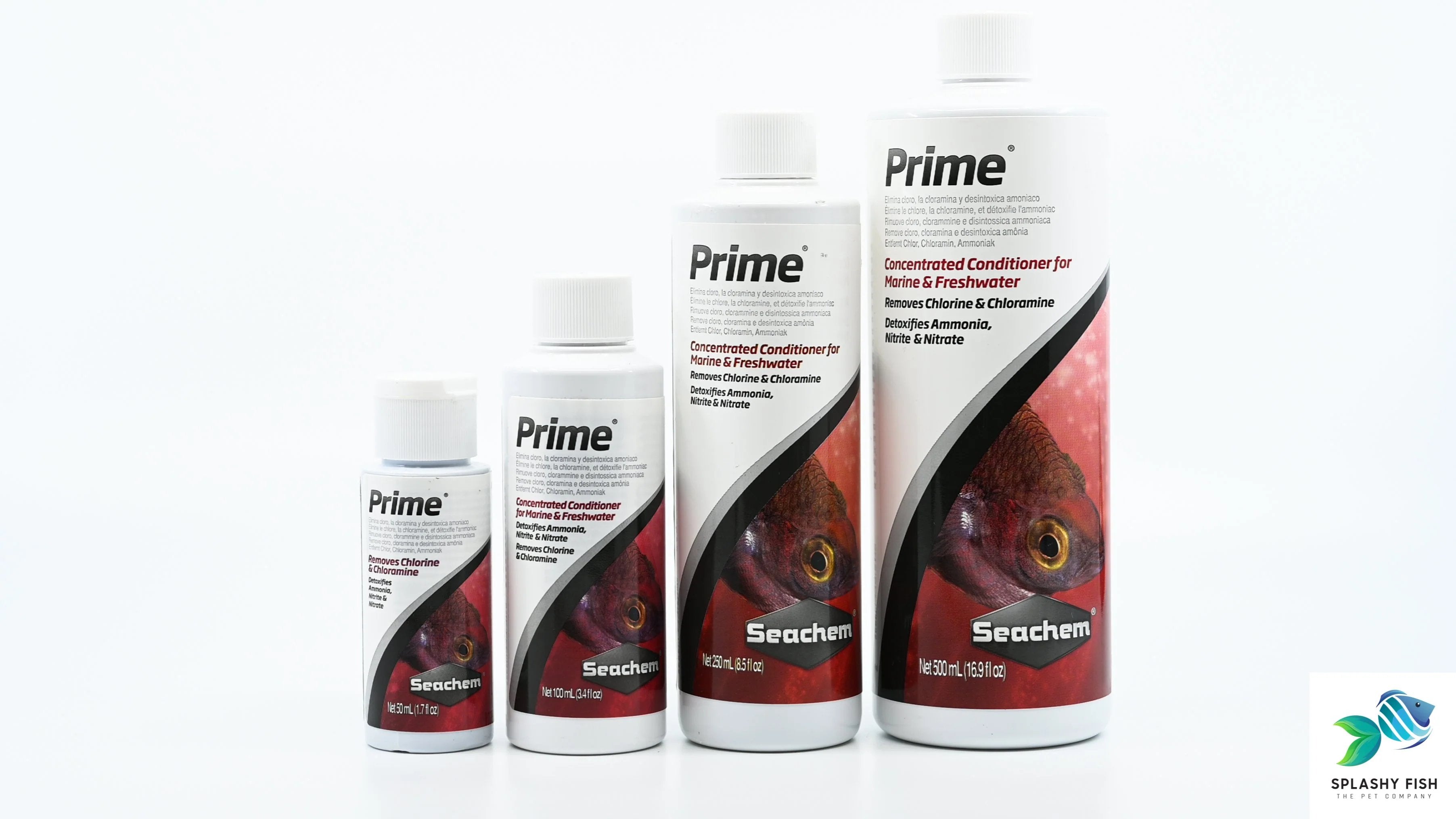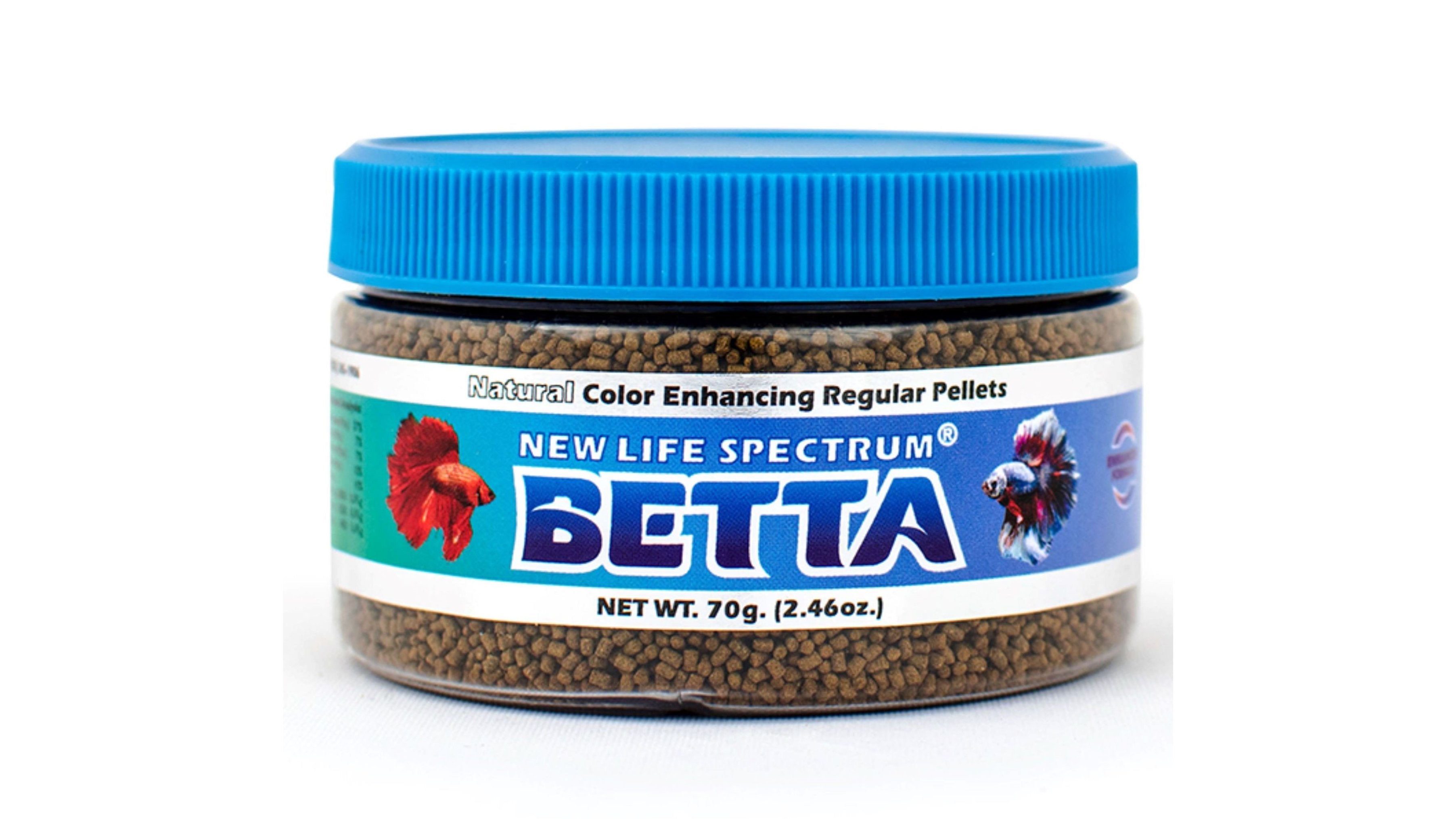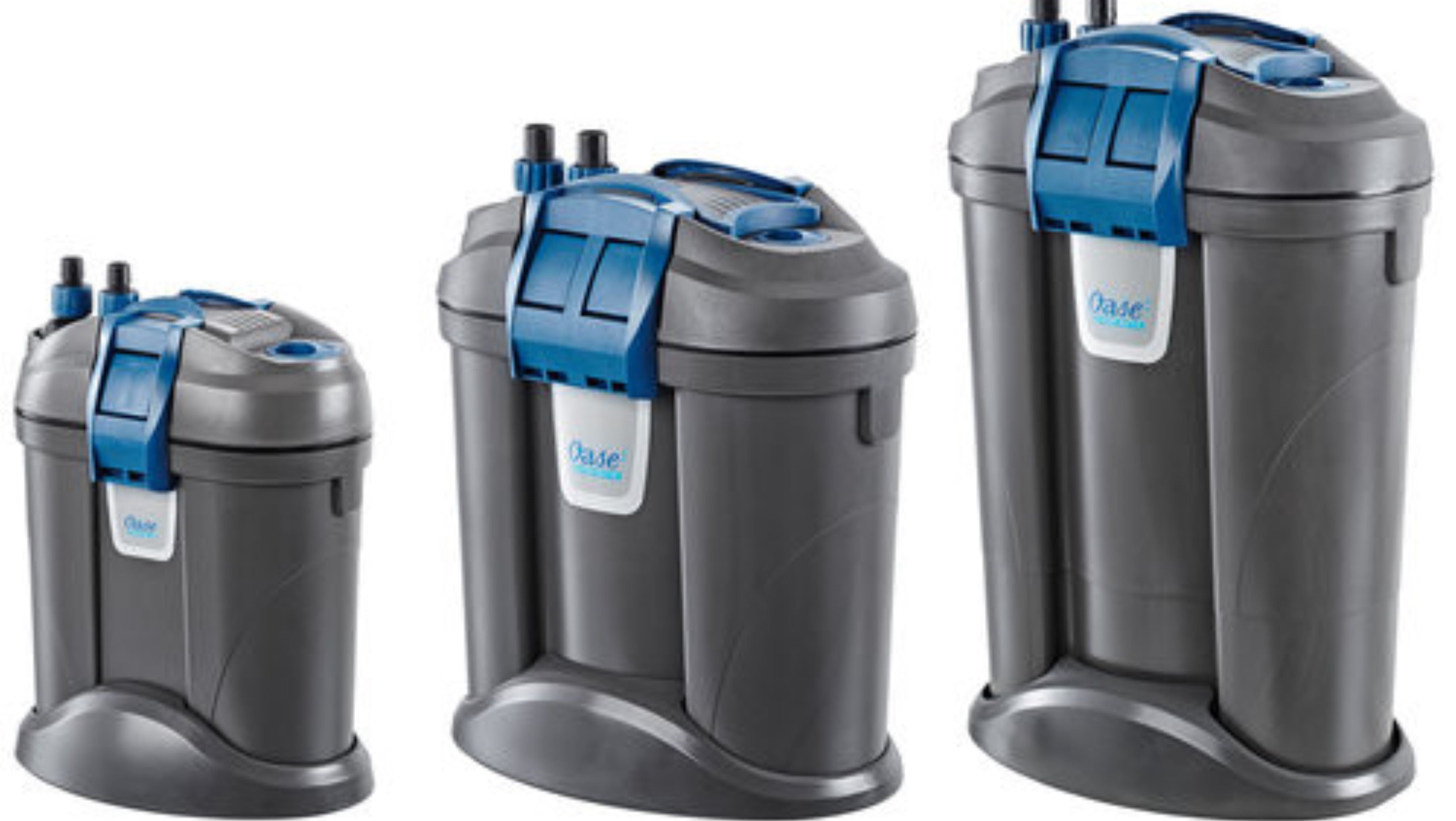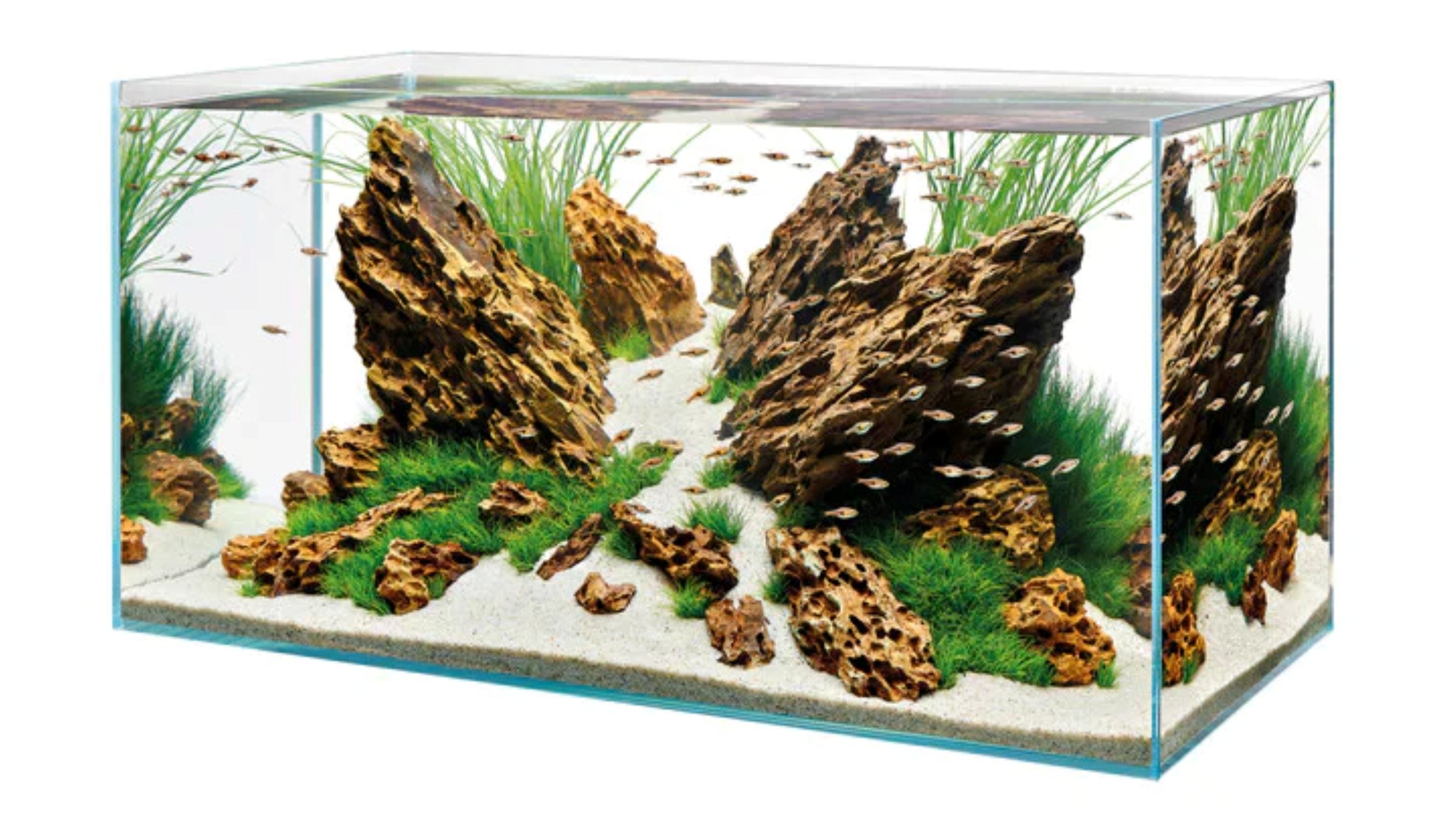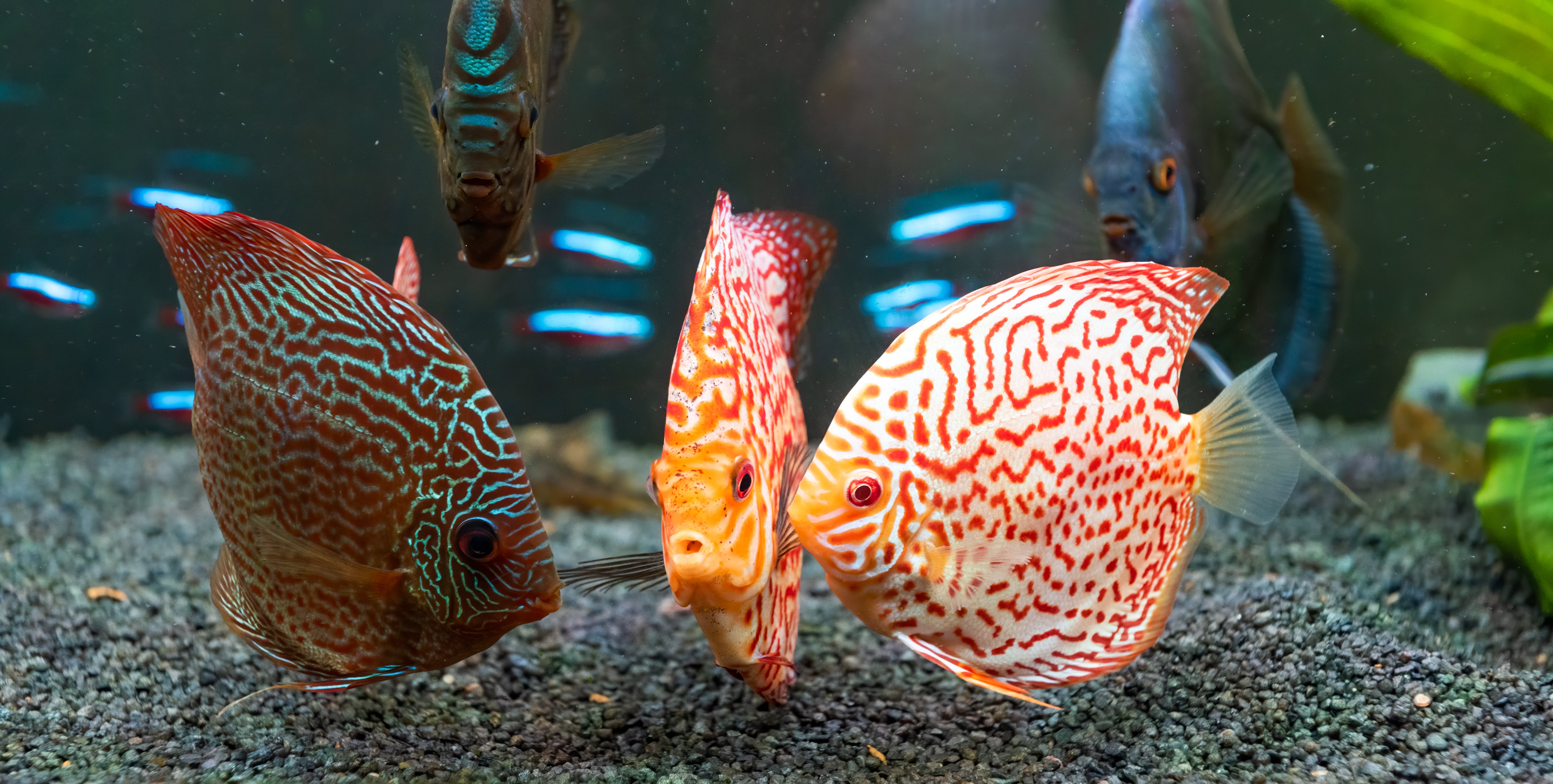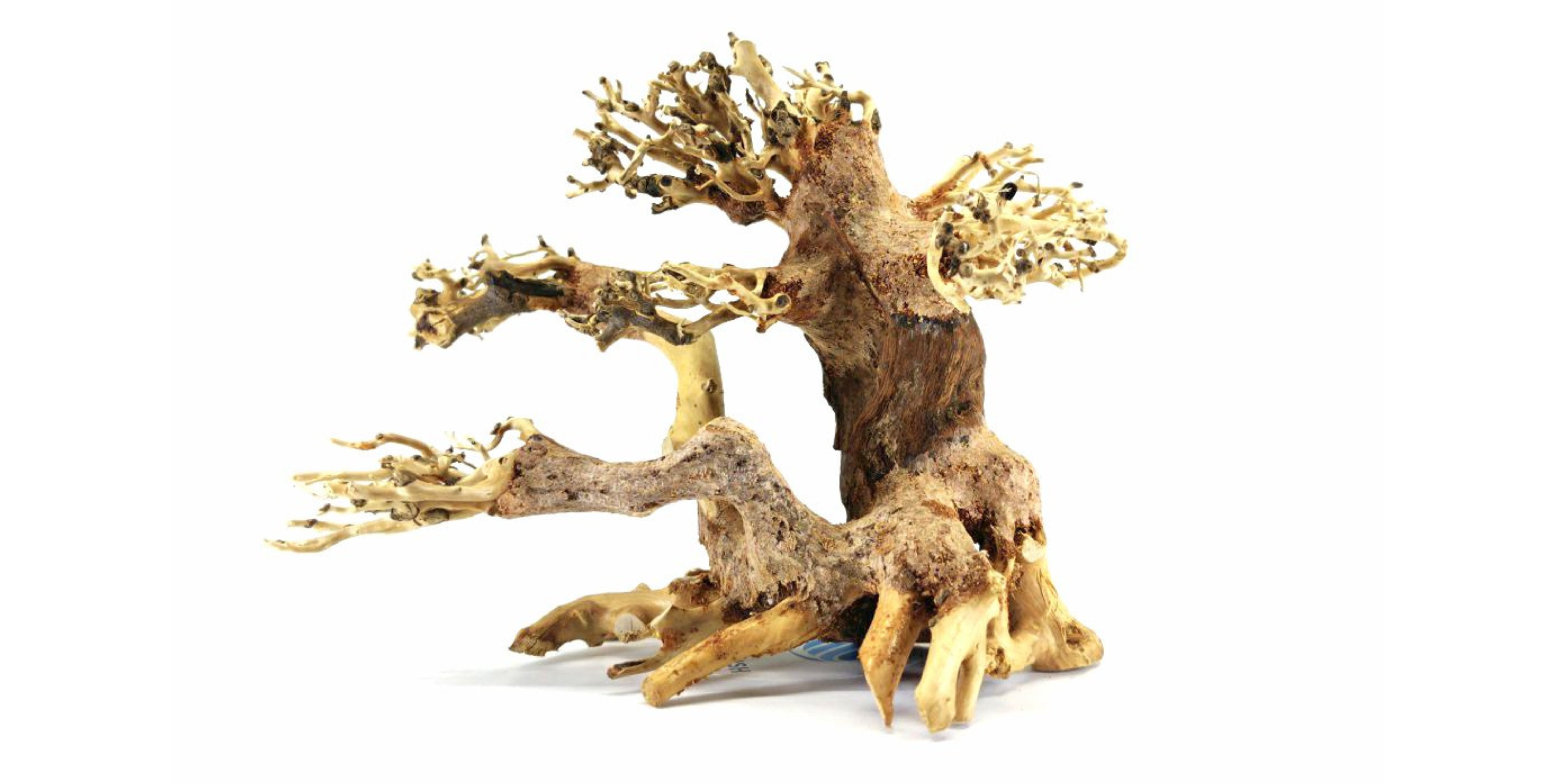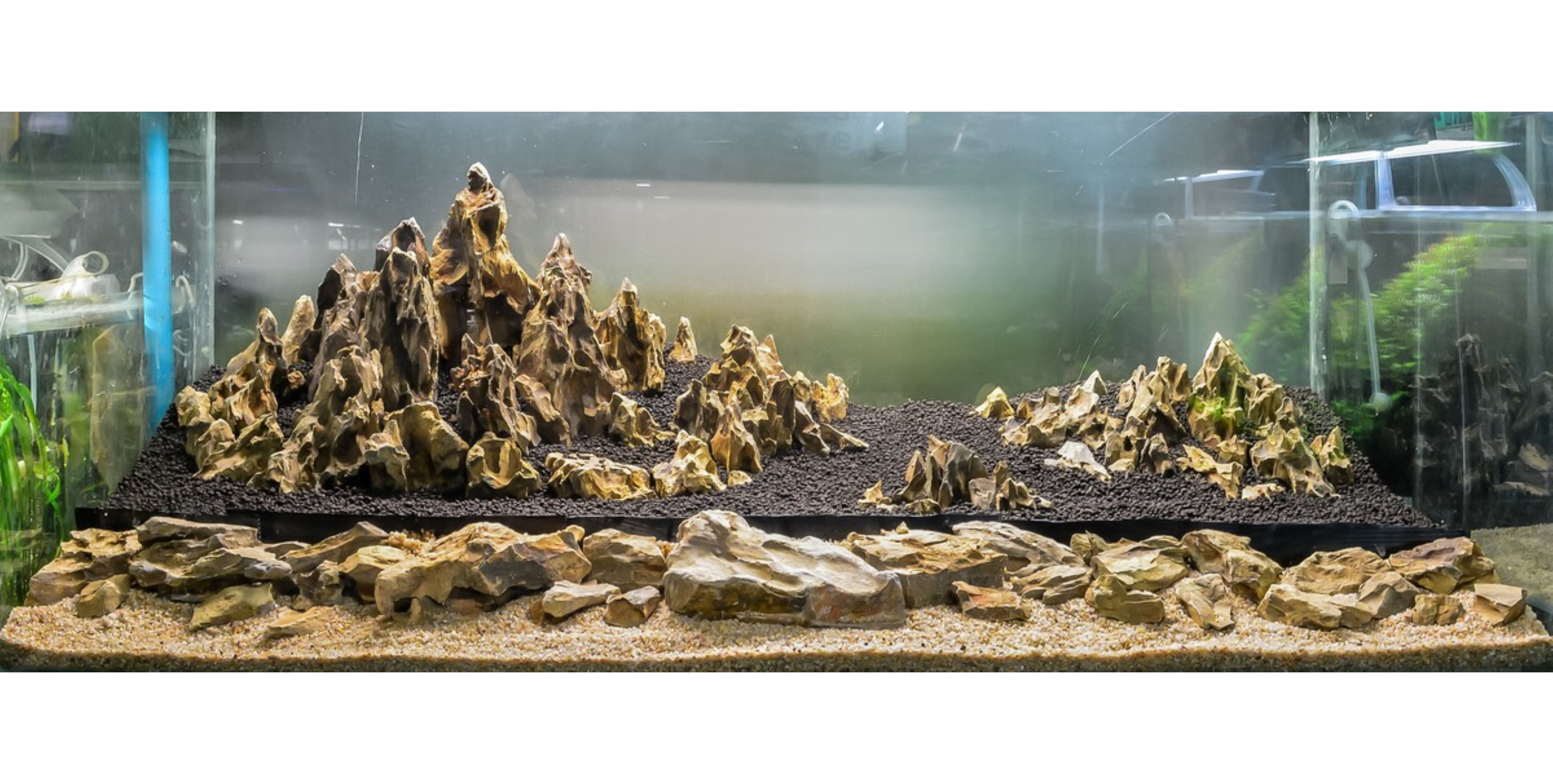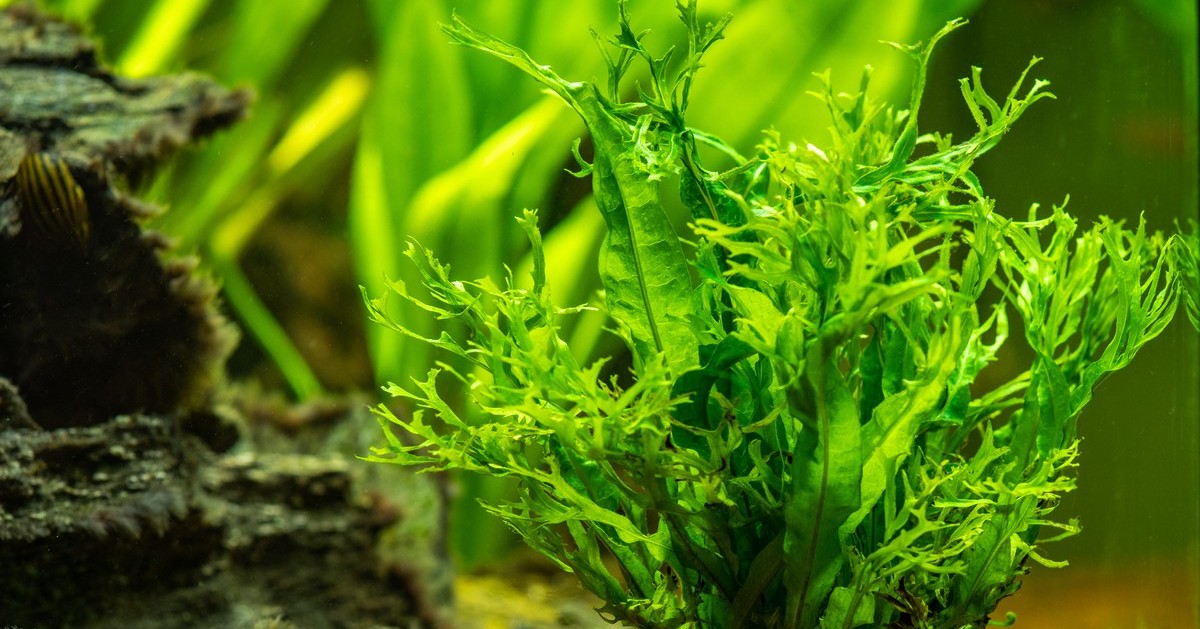Table of Contents
If you are seeking a versatile aquatic plant for your aquarium tank, Java Fern is the best choice. Native to Asia, Java Fern (Microsorum pteropus) is one of the most popular aquarium plants due to its ability to photosynthesis and enhance the beauty of your fish tank. In this guide, we'll dive into the world of Java Fern planting, covering everything you need to know about its care, propagation, benefits, and more.
How Many Different Java Fern Species?
Java Fern is not just a single plant; it's a diverse family with captivating variations, each offering unique aesthetics and subtle differences in care requirements. Here's a closer look at some popular Java Fern species:
- Standard Java Fern (Microsorum pteropus): This is the most common and readily available variety, characterized by its long, lance-shaped leaves with a classic, understated elegance. It's a hardy and adaptable choice for beginners.
- Java Fern Windelov (Microsorum pteropus 'Windelov'): This stunning variation boasts finely branched, forked leaves that resemble deer antlers. Java Fern Windelov intricate structure adds a touch of whimsy and visual interest to any aquascape.
- Java Fern Trident (Microsorum pteropus 'Trident'): The ‘Trident’ variety stands out with its narrow leaves that feature multiple points, creating a spiky and dramatic appearance. Java Fern Trident is a fantastic option for adding texture and contrast to your underwater garden.
- Java Fern Narrow Leaf (Microsorum pteropus 'Narrow'): As the name suggests, this type has slender, elongated leaves that create a sense of height and verticality in your aquarium. Java Fern Narrow Leaf is perfect for adding depth and dimension to your layout.
- Java Fern Philippine (Microsorum pteropus 'Philippine'): This variety is known for its broader leaves with wavy edges, offering a touch of elegance and movement as it sways gently in the water flow. Its unique form makes it a captivating focal point.
- Java Fern Needle Leaf (Microsorum pteropus 'Needle Leaf'): This delicate variety features extremely narrow, needle-like leaves, adding a fine-textured element to your aquascape. It's a beautiful choice for creating a natural and serene atmosphere.

Benefits of Having Java Fern in Fish Tank
- Natural Filtration: Java Fern acts as a natural filter by absorbing excess nitrates and ammonia, two compounds that can be harmful to fish in high concentrations. By removing these toxins, Java Fern helps maintain water quality and promotes the overall health of your aquatic inhabitants.
- Oxygenation: Through the process of photosynthesis, Java Fern releases oxygen into the water. This not only benefits your freshwater fish by providing them with essential oxygen for respiration but also contributes to a more vibrant and energetic aquatic environment.
- Shelter and Hiding Places: The dense foliage of the Java Fern plant creates a network of hiding places and retreats for shy fish, fry (baby fish), and invertebrates. This shelter helps reduce stress, encourages natural behaviors, and provides a sense of security for your aqua pets.
- Algae Control: Aquarium Java Fern competes with algae for nutrients, effectively inhibiting the growth of unsightly algae blooms. This natural algae control mechanism can help keep your aquarium looking clean and vibrant.
- Aesthetic Appeal: Java Fern's lush greenery, diverse leaf shapes, and interesting growth patterns add an undeniable aesthetic appeal to your aquarium. Its natural beauty complements other aquatic plants and aquarium decor, creating a captivating underwater landscape.
- Low Maintenance: Java Fern is renowned for its resilience and adaptability. It thrives in a wide range of water conditions and doesn't require specialized care, making it a perfect choice for beginners and busy aquarists.
How to Plant and Attach Java Fern in Aquarium
Unlike many aquarium plants that require planting on the substrate, Java Fern prefers to anchor itself to surfaces. This unique growth habit makes it incredibly versatile and easy to incorporate into your aquascape. Here's how to attach Java Fern to various surfaces:
- Choose Your Surface: Java Fern can be attached to driftwood, aquarium rocks, cave decorations, or even the back wall of your aquarium. The choice is yours, depending on your aesthetic vision and the layout of your aquarium tank.
- Prepare the Rhizome: The rhizome is the thick, horizontal stem from which the leaves grow. Before attaching the plant, gently inspect the rhizome and remove any dead or damaged parts to promote healthy growth.
- Attachment Methods:
- Fishing Line or Cotton Thread: Securely tie the rhizome to your chosen surface using a fishing line or cotton thread. Make sure the knot is tight enough to hold the plant in place but not so tight that it damages the rhizome.
- Super Glue (Aquarium-Safe): Apply a small amount of aquarium-safe super glue to the rhizome and press it onto the surface. Be sure to use glue that is specifically formulated for aquatic use to avoid harming your fish or other aquatic life.
- Plant Weights: If you're attaching Java Fern to a smooth surface like the back wall of your aquarium, you can use small lead plant weights to hold the rhizome in place until it establishes itself and adheres naturally.
- Placement: Once your Java Fern is securely attached, position it in an area with moderate water flow and aquarium lighting. Avoid burying the rhizome in the substrate, as this can lead to rot and hinder the plant's growth.

Tips to Care for Java Fern
Java Fern is known for its hardiness and adaptability, making it an ideal plant for beginners and experienced aquarists alike. However, providing the following conditions will help your Java Fern thrive and reach its full potential:
- Lighting: Moderate lighting is optimal for Java Fern. It can tolerate low-light conditions but may grow slower. Avoid excessive light, as it can cause the leaves to turn brown or black.
- Temperature: Java Fern prefers a temperature range of 72°F to 82°F (22°C - 28°C). It can tolerate slight fluctuations, but it's best to keep the temperature within this range for optimal growth.
- Water Parameters: Java Fern is adaptable to a wide range of water parameters, but it generally thrives in slightly acidic to neutral water with a pH between 6.0 and 7.5. It can tolerate both soft and hard water.
- Water Flow: Moderate water flow is beneficial for Java Fern as it helps prevent the accumulation of debris on the leaves and ensures a steady supply of nutrients. However, avoid placing it in areas with strong currents that could damage the delicate leaves.
- Fertilization: While not strictly necessary, occasional fertilization with a liquid aquarium plant fertilizer can promote faster growth, lusher foliage, and vibrant coloration. Follow the manufacturer's instructions for dosage and frequency.
- Pruning: If your Java Fern becomes too large or overgrown, you can trim the rhizome to control its size. New leaves will grow from the cut end.
How to Propagate Java Fern
Propagating fern plants is a simple and rewarding process that allows you to expand your collection and share this beautiful plant with others. Here's how to do it:
- Locate Plantlets: As Java Fern matures, it will develop small plantlets, also known as "daughter plants," on the edges of its leaves or along the rhizome. These plantlets are miniature versions of the parent plant and will eventually grow into independent plants.
- Separation: Once the plantlets have developed a few leaves and a small rhizome of their own, you can gently detach them from the parent plant. Use a clean pair of scissors or your fingers to carefully separate the plantlet, ensuring that it has a healthy rhizome.
- Attachment: Attach the new plantlets to surfaces in your aquarium, following the same methods used for the parent plant. You can choose to attach them to the same surface as the parent plant or create a new arrangement in another part of your aquarium.

Freshwater Fish and Invertebrates for Java Fern
Peaceful Fish Species:
- Tetras: These small, colorful types of tetra fishes, such as Ember Tetras, Cardinal Tetras, and Silver Tip Tetras, are active swimmers and add vibrancy to your aquarium. They typically won't disturb Java Fern and will appreciate the shelter it provides.
- Rasboras: Known for their schooling behavior and subtle beauty, Rasboras like Harlequin Rasboras and Chili Rasboras are ideal companions for Java Fern. Their gentle nature and moderate size make them a perfect fit.
- Barbs (non-fin nipping varieties): Certain Barb fish, like Cherry Barbs and Gold Barbs, can be peaceful additions to your fish tank. However, avoid Tiger Barbs and other fin-nipping varieties, as they might damage the delicate leaves of Java Fern.
- Danios: These hardy fish, including Zebra Danios and Pearl Danios, are known for their playful personalities and vibrant patterns. Danios adds movement and energy to the aquarium without harming the Java Fern.
- Corydoras Catfish: These bottom-dwelling scavengers are excellent tank cleaners, helping to keep your substrate clean and free of debris. Cory Catfish won't bother Java Fern and appreciate its foliage as hiding spots.
- Otocinclus Catfish: These tiny catfish are algae-eating specialists, making them a valuable addition to maintaining a clean tank. Otocinclus Catfish are peaceful and won't harm your plants.
Invertebrates:
- Aquarium Snails, such as Nerite Snails, and Mystery Snails: These algae-eating snails can help control algae growth on your Java Fern and other surfaces in the aquarium. Nerite snails are especially known for their voracious appetite for algae.
- Freshwater Shrimps: These small crustaceans are fascinating to watch and contribute to a clean and healthy aquarium. Amano shrimp are particularly renowned for their algae-eating abilities, while Cherry shrimp add a pop of color with their vibrant red hues.
Conclusion
Java Fern is a rewarding and visually stunning addition to any freshwater aquarium. Its ease of care, diverse species, and numerous benefits make it a must-have for both novice and seasoned aquarists. By following the tips and guidelines in this comprehensive guide, you can ensure that your Java Fern thrives, creating a vibrant and healthy aquatic environment for your fish and other aquatic life. Visit our Splashy Fish tropic fish store online or aquarium Virginia for high-quality Java Fern for sale and other freshwater fish for sale.
FAQs:
Is Java Fern easy to care for?
Yes, Java Fern is considered one of the easiest aquarium plants to care for. It's tolerant of a wide range of water conditions and doesn't require planting in substrate.
Does Java Fern need substrate?
No, Java Fern doesn't need aquarium substrate. It thrives when attached to rocks, aquarium driftwood, or decorations. In fact, planting it on the substrate can cause the rhizome to rot.
What are the best light requirements for Java Fern?
Java Fern prefers moderate lighting. Avoid intense light, which can damage the leaves. If your tank has high lighting, place the Java Fern in a shaded area or use floating plants to diffuse the light.


